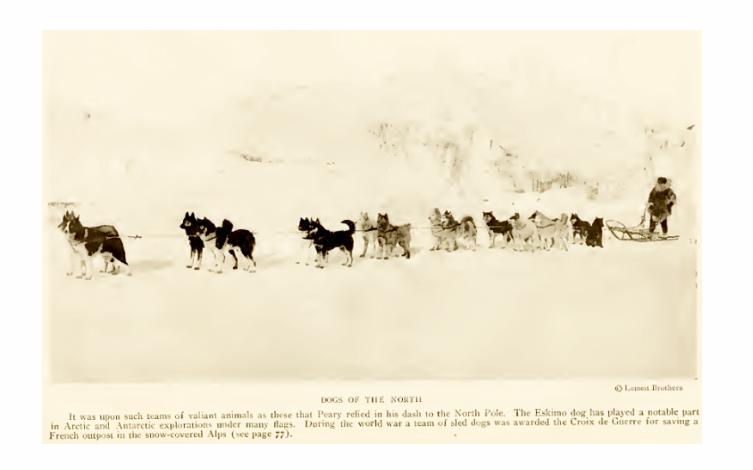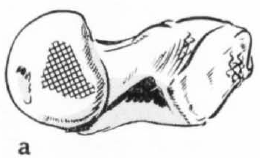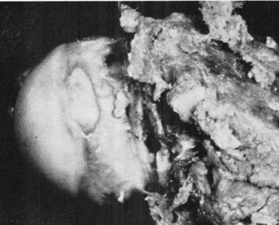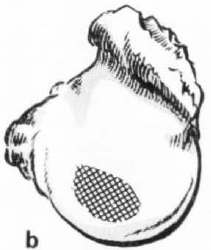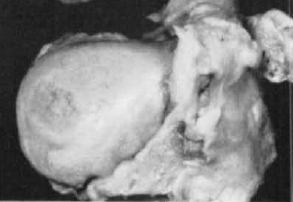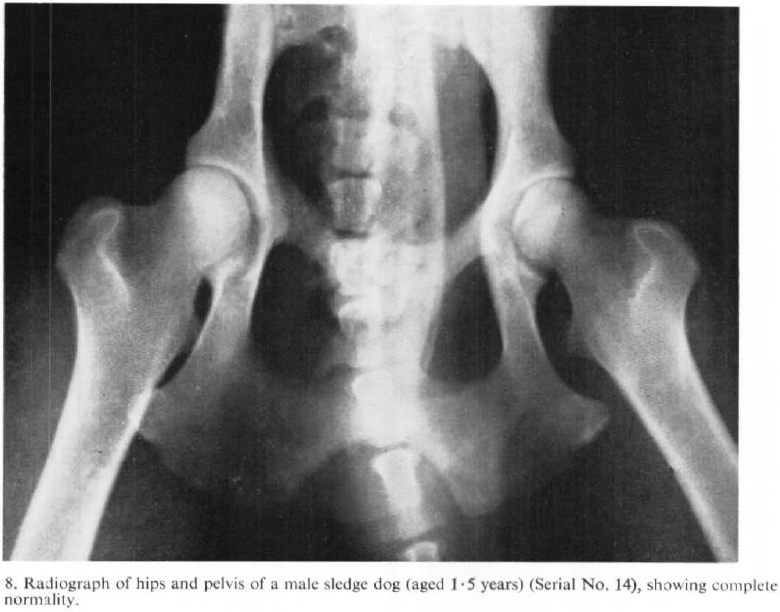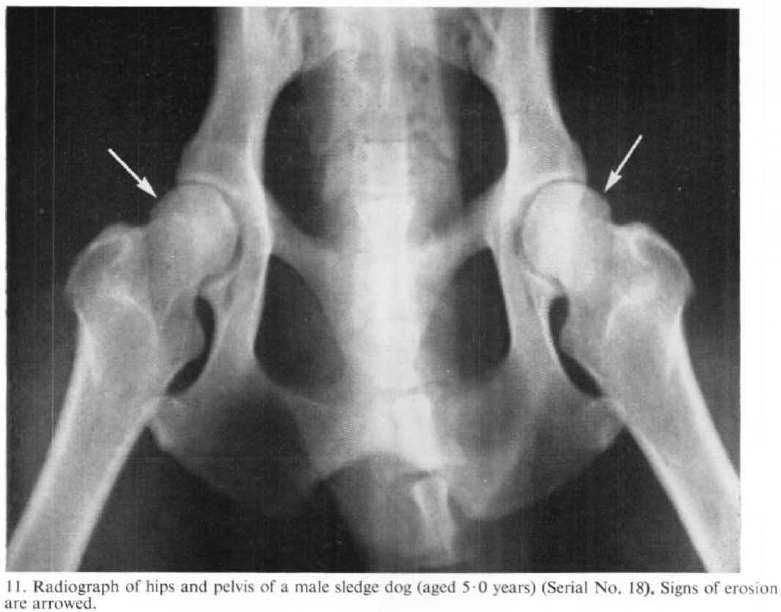Read on...
There have been three introductions of Huskies into the Falkland Islands Dependencies. Two shipments from Labrador arrived at the beginning of I945 and 1946. In 1945 about forty dogs came from the coast south of Hopedale and in 1946 another forty from north of this settlement. These animals were not the best in the area, but rather the small and unwanted beasts.
In 1954, twenty-one dogs were shipped south; eleven of these had been selected as the best of the British North Greenland Expedition, 1952-54, pack; four more were their progeny; three dogs came from the Northwest Territories of Canada and three from Britain. The last trio were out of a Husky of Labrador parentage and the sire of one pup, although born in Labrador, had won fame in Graham Land as leader to V. E. Fuchs." (Taylor: The breeding and maintenance of sledge dogs)
One thing of great interest to them was the working life of the dogs. Most of the dogs were able to pull sleds until about 8 years old, after which arthritis usually reduced performance and the dog was removed.
Study at post-mortem examination and later showed that there was no evidence of shallowness of the acetabulum in any of the dogs examined. Likewise, the heads of femora and humeri showed normal conformation. There was some re-shaping in the most severely affected cases...The hip joints showed no evidence of sufficient abnormality to be called hip dysplasia. (Bellars & Godsal 1969)
"The hip joints showed no evidence of sufficient abnormality to be called hip dysplasia."
They concluded that the decline in working ability of the dogs with age was the result of osteoarthritis of the hip and shoulder joints, and that "hip dysplasia does not occur in a representative selection of these dogs". They further remarked that in the 700 dogs which had been reared at the station, none showed the signs of early hip dysplasia (pain, femoral head subluxation, or gait abnormalities) that are often seen in Labrador Retrievers or German Shepherd Dogs.
Remember, there was nothing special about the original breeding stock of these dogs. They came from various places, and it was even noted that "These animals were not the best in the area, but rather the small and unwanted beasts.' There were no fancy living accommodations, and dogs had to earn their keep as working sled dogs or they were eliminated from the colony. A portable x-ray machine was brought in to make the films used in the study, but otherwise the dogs were not evaluated for hip structure. Because none of the dogs had hip dysplasia, there was no control program like the ones run today. And remember, these were not small dogs, and they were expected to pull at least their own body weight for dozens or even hundreds of miles, day after day after day. For them, the osteoarthritis that eventually developed was a consequence of aging and biomechanical wear and tear on the articulating surfaces of the femur and humerus.
Still, we have more questions than answers.
You can download a copy of the publication HERE.
Bellars ARM & MF Godsal. 1969. Veterinary studies on the British Antarctic Survey's sledge dogs: II. occupational osteoarthritis. British Antarctic Survey Bulletin 22: 15-38.
ICB's online courses
*******************
Join our Facebook Group
ICB Breeding for the Future
...the science of dog breeding
*******************
Visit our Facebook Page
ICB Institute of Canine Biology
...the latest canine news and research
